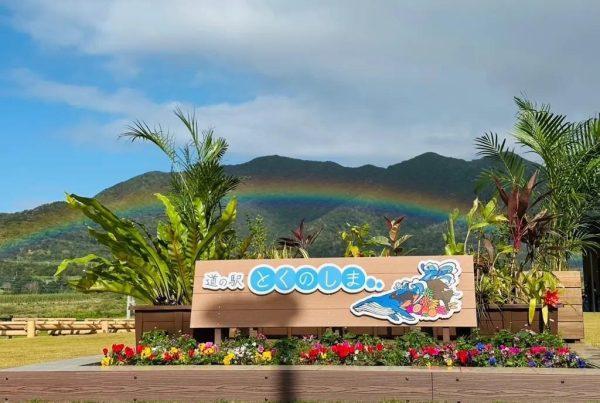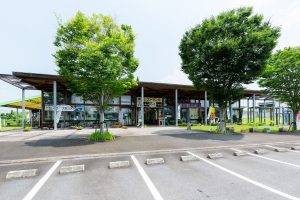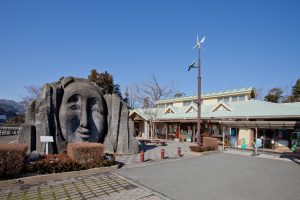Michi-no-Eki Tsujunkyo Bridge

Index
Relocation and opening on January 13, 2024!
Comfortable access in front of the Tongjunbashi Interchange!
Michi no Eki Tsujunkyo, located in front of the national treasure Tsujunkyo Bridge, was relocated and reopened on January 13, 2024, directly in front of the Tsujunkyo Bridge Interchange on the Kyushu Chuo Expressway, which opened on February 11. The direct connection to the interchange has improved accessibility. The product hall sells not only local products, but also original roadside station products specializing in gibier. The restaurant also offers dishes using gibier meat, in addition to red beef curry and other dishes, creating a new and unique atmosphere. Please remember that the existing Michi no Eki facility is still open as "Miel Terrace!
Basic information about Michi-no-Eki Tsujunkyo Bridge
| Location | 660 Jodaira, Yamato Town, Kamimashiki-gun, Kumamoto Prefecture |
|---|---|
| Phone number | 0967-72-9900 |
| Business Hours | 9:00-18:00 Restaurant 11:00-18:00 |
| Access | Short drive from the Tongjunbashi Interchange on the Kyushu Chuo Expressway |
| Official HP | https://www.instagram.com/roadside_station_tsujunkyo |
Map of Michi-no-Eki Tsujunkyo Bridge
Gourmet Information of Michi-no-Eki Tsujunkyo Bridge
Buy it here Ghibier Meat Miso
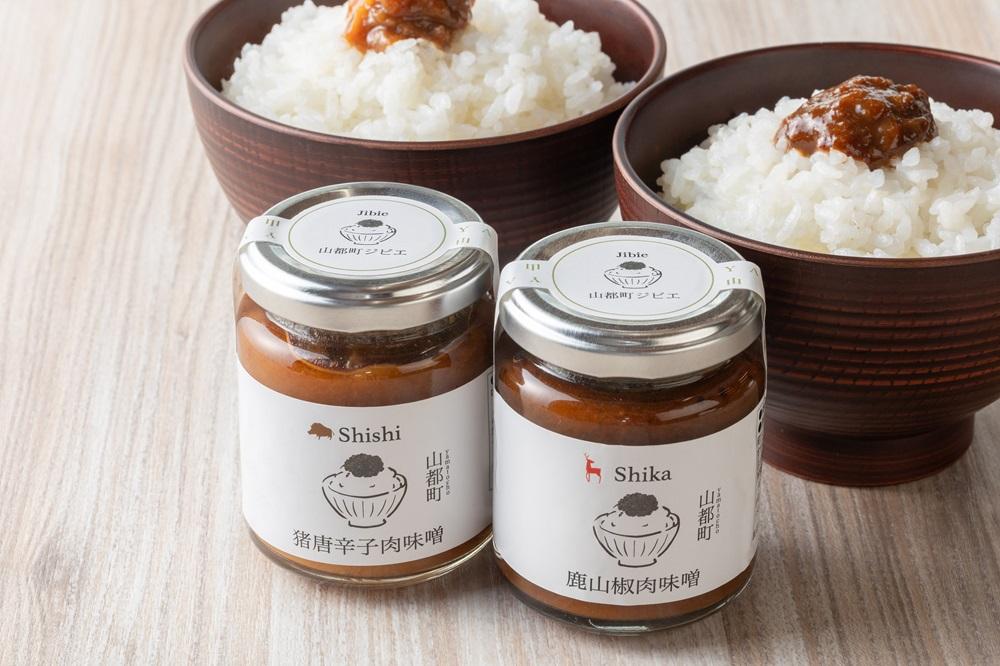
The product hall is named after the town's bird, the ooruri, and in one section is a section of the roadside station's original gibier meat miso. Sold there are "wild boar chili pepper miso" and "deer sansho miso. The wild boar meat miso has a mild taste with just the right amount of spiciness from the chili pepper, making it mild enough for even children to eat. The deer meat miso also has a mild taste of sansho (Japanese pepper) that spreads gently in the aftertaste. Both are good as an accompaniment to rice, as a topping for chilled tofu and pounded cucumbers, or as a substitute for sauce on vegetable sticks. 870 yen each (tax included)
Let's buy this one too! Gibier sausage

Speaking of gibier, this gibier sausage is not to be missed. It is produced by the local "Gibier Kobo Yamato" and sold at the roadside station, Seiwa Bunraku Yuu. There are two types of sausage, deer sausage and wild boar sausage, but the one we purchased this time was deer sausage. It is light and has no smell or peculiarity. Deer meat is naturally low in fat, but it is surprisingly juicy. The ingredients for wild boar and deer depend on the hunting conditions, and they are sometimes out of stock. Each 4-pack 518 yen (tax included)
Local product: Yabe tea
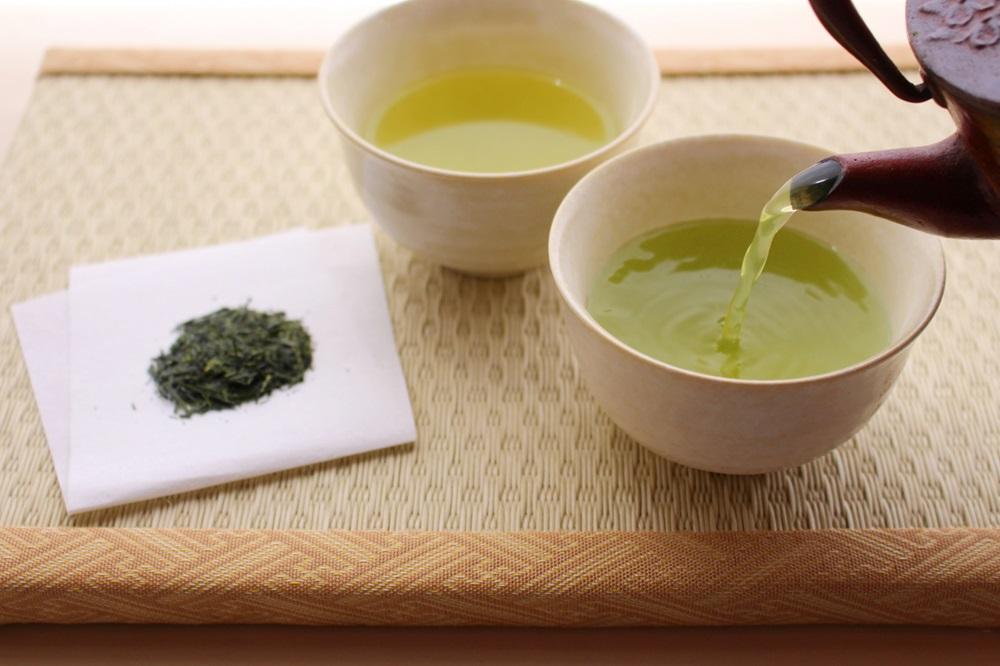
It boasts the largest production of kettle roasted tea in Japan. It has a long history, dating back to the Kamakura and Muromachi periods, when it was made from mountain tea that grew wild. In the late Taisho Era (1912-1926), a unique kettle-frying method was established, in which tea leaves are roasted in a cauldron. The tea leaves are rounded after being roasted in the kettle. It is also characterized by its slightly yellowish water color and refreshing sweetness with a hint of astringency. The tea leaves are also grown organically and with reduced use of pesticides, and the cool climate causes few pests.
This is the one to eat. Ghibier Special

The restaurant "Arch" is particular about the ingredients on its menu, which is different from the conventional concept of a restaurant at a roadside station. The "gibier special," served by an Italian chef with a high-end Japanese kappo restaurant chef as advisor, is the best example of this. Three types of gibier meat are on the menu: porchetta (wild boar), which is rolled and grilled with garlic and herbs rubbed inside the meat; roast venison, prepared using a recipe from a high-end Japanese restaurant; and roast duck, cooked at a low temperature. Salsa verde, salsa rosa, and onion sauce to taste. Local vegetables sauteed in a sauce that emphasizes the flavor of the ingredients. Rice, miso soup, a small bowl of cooked food, and salad are enough to satisfy your appetite.
Around Michi-no-Eki Tsujunkyo Bridge
Tongjun Bridge
If you want to have fun in the area
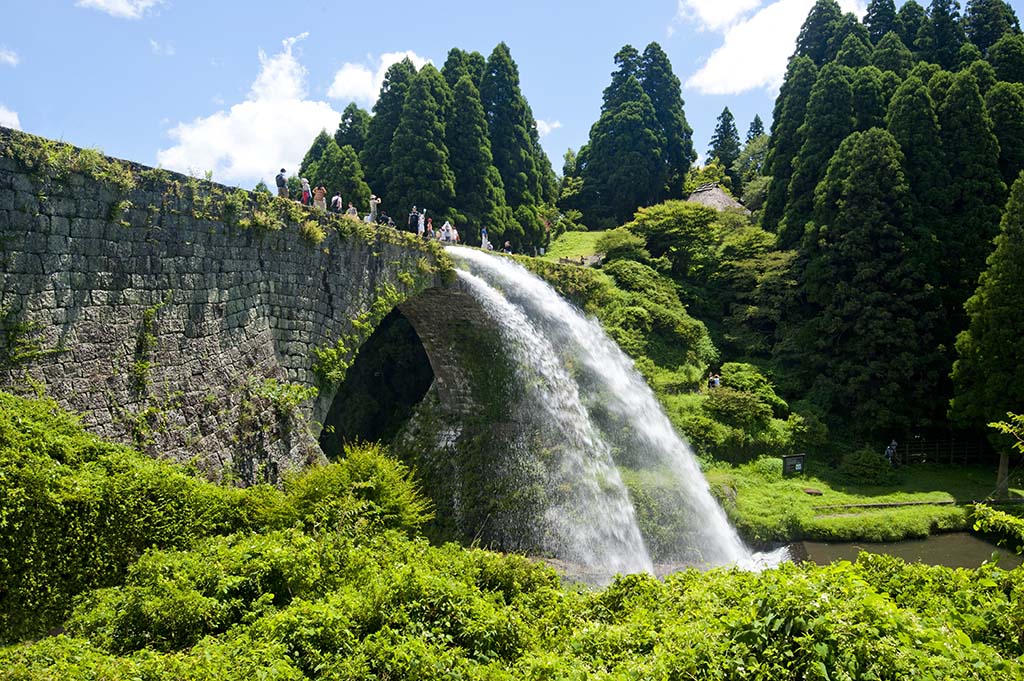
A stone bridge designated as a national treasure, located in front of the former "Michi-no-Eki Tsujunbashi" (now "Miel Terrace"). In this area of central Kumamoto Prefecture, there are many excellent stonemasons called "Higo stonemasons," who built many spectacle bridges, or arch bridges, from the Edo period to the Meiji period (1868-1912). The Tsujunkyo Bridge is one of them and is the largest arched aqueduct in Japan. Completed in 1854 (Kaei 7), the aqueduct is 126 m long, the bridge 75.6 m long, 6.3 m wide, 20.2 m high, and has an arch radius of 27.6 m. Water is drawn from the upper reaches of the Sasahara River about 6 km away to moisten fields suffering from drought, and the water is periodically released between July and November.

